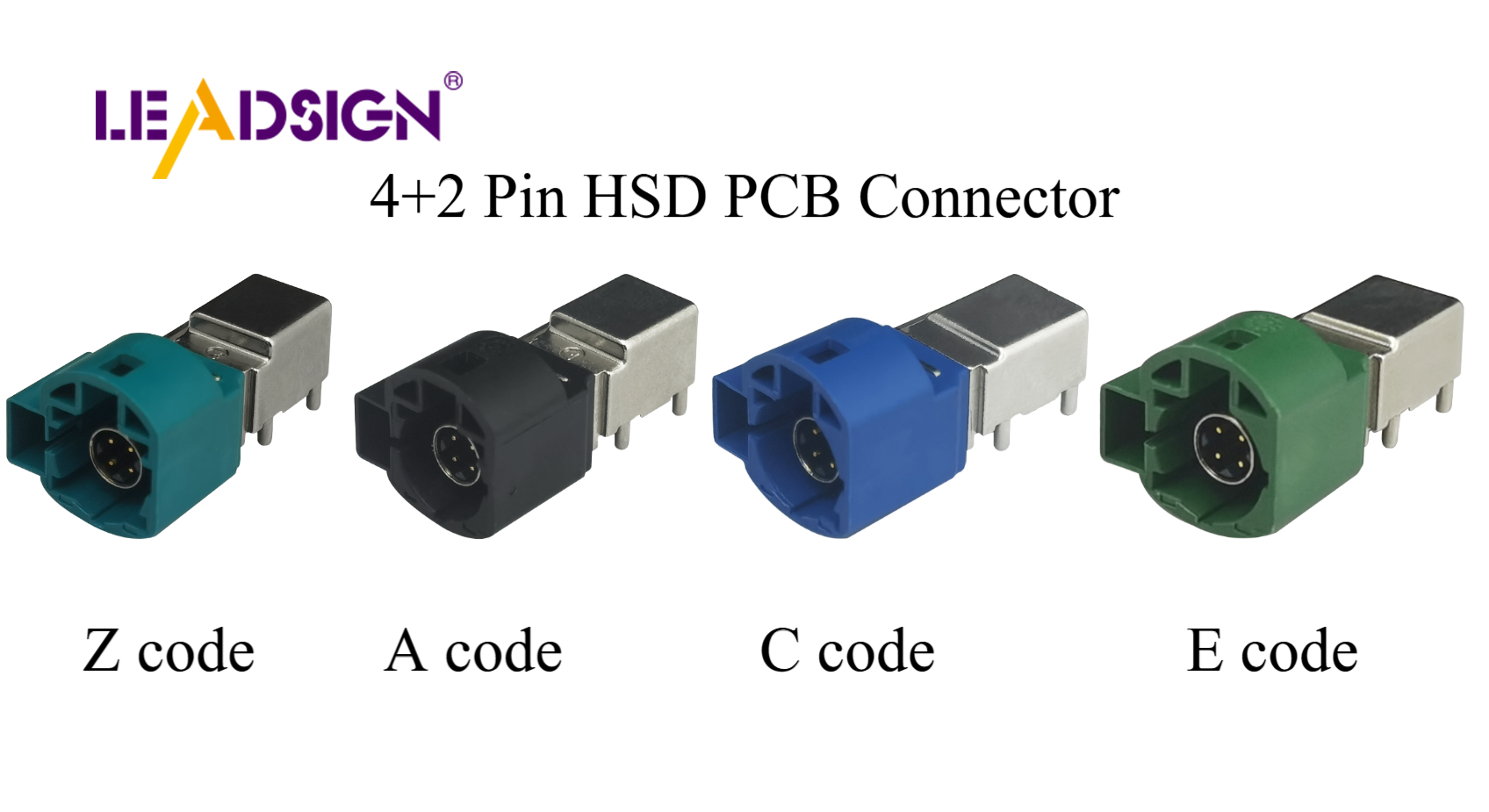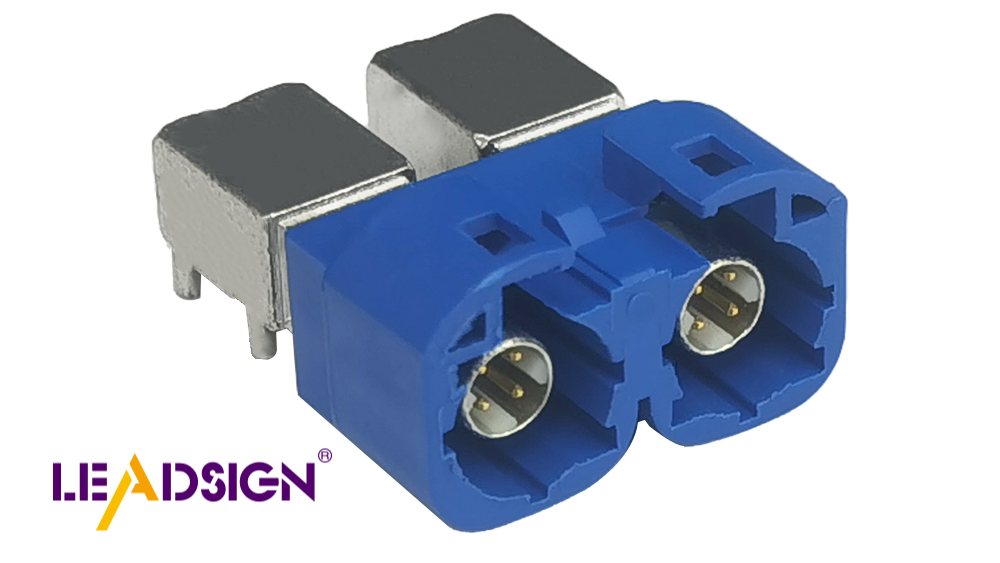Common Wiring Connector Types and Their Uses

Wire connectors are important for electrical work. They are reliable, easy to use, and inexpensive. Electricians favor them greatly. You might ask about common wiring connector types and their uses. These connectors ensure that electrical connections are safe and function effectively. They come in various shapes, each designed for a specific job. Understanding these wiring connector types helps you choose the right one, keeping your electrical projects safe and operating properly.
Key Takeaways
Wire connectors are essential for safe and effective electrical connections, preventing issues like shorts and fires.
Choosing the right connector depends on the specific application, wire type, and installation environment.
Twist-on connectors are ideal for home use, while butt connectors are perfect for automotive and industrial applications.
Solder seal connectors provide waterproof connections, making them suitable for outdoor and wet environments.
Push-in connectors offer a quick and tool-free solution for DIY projects, enhancing convenience in home wiring.
Crimp connectors ensure strong, lasting connections, especially in automotive settings where movement is common.
Understanding the unique features of each connector type helps ensure safety and reliability in electrical projects.
Importance of Wire Connectors
Wire connectors are key in electrical systems. They make sure wires connect well, letting electricity flow smoothly. This good connection is important for safety and working well. Without good wire connectors, wires might come loose, causing shorts or fires.
Why Wire Connectors Matter
You might ask why wire connectors are needed. They give a strong and safe link between wires. This strength lowers the chance of bare wires, which can be risky. Using wire connectors makes your electrical systems safer and more reliable. They are must-haves in any electrical work, making sure everything works safely.
Factors to Consider When Choosing Wire Connectors
When picking wire connectors, think about a few things to get the right one. First, look at the wires you are joining. Different connectors are made for different jobs. For example, low voltage connectors are best for low voltage tasks, giving a safe link.
Next, think about where you will use the connectors. Some are better for outside, others for inside. Also, consider how easy they are to install. Some need special tools, but push-in connectors are quick and simple.
Lastly, think about how strong and reliable the connectors are. You want ones that last and keep a good connection. By thinking about these things, you can pick the best wire connectors for your job, keeping it safe and working well.
Common Wire Connector Types

Knowing about different wire connectors is important for electrical work. Each type has a special job to make sure connections are safe and work well. Let's look at some common wire connectors.
Twist-On Connectors
Description
Twist-on connectors, also called wire nuts, are used in homes. They have a plastic cap with a metal spring inside. When you twist them onto wires, the spring holds tight. They come in different sizes and colors for different wire sizes.
Usage and Applications
You mostly see twist-on connectors in homes and small businesses. They are great for lights, outlets, and low voltage wires. They are easy to use and work well for small wires.
Butt Connectors
Description
Butt connectors are tube-shaped and join two wires end-to-end. They hold wires tight by crimping them. They come in sizes for different wire thicknesses.
Usage and Applications
Butt connectors are used in cars and factories. They are good for making wires longer or fixing broken ones. They stay connected even if there are shakes or bumps.
Solder Seal Connectors
Description
Solder seal connectors are special for joining wires. They mix soldering and sealing in one step. You use heat to melt the solder and seal the tube, making it waterproof.
Usage and Applications
Solder seal connectors are great for outside or water areas. They make joining wires easy without extra tools. They are handy for fixing or adding wires in tough places.
Push-In Connectors
Description
Push-in connectors make joining wires easy. They have small holes for wires. Inside, a spring holds wires tight. No tools are needed, so they are quick to use. They come in different sizes for various wires.
Usage and Applications
Push-in connectors are great for homes and offices. Use them for lights, outlets, and switches. They are perfect for DIY projects and fast fixes. They work well for low voltage wires without crimping or twisting.
Crimp Connectors
Description
Crimp connectors make strong wire links. They have a metal sleeve for wires. A tool squeezes the sleeve to hold wires tight. This makes a strong link that lasts. There are butt, ring, and spade types for different uses.
Usage and Applications
Crimp connectors are used in cars and factories. They are good for strong, lasting connections. In cars, they keep wires safe from movement. They also work for low voltage wires in electronics.
Spade Connectors
Description
Spade connectors look like forks. They attach to screws easily. They have a metal body with a forked end. The fork slides under screws for a tight fit.
Usage and Applications
Spade connectors are used in cars and electronics. They connect wires to strips and breakers. They are easy to remove for repairs. They are also used in home gadgets and audio gear for good connections.
Lever Connectors
Description
Lever connectors are a new way to join wires. They are small and have levers. Lift the lever, put in the wire, and push it down. This holds the wire tight. They work well for many uses. Lever connectors fit different wire sizes, so they are flexible for projects.
Usage and Applications
Lever connectors are great for homes and businesses. They make connecting wires in lights, outlets, and switches easy. Both DIY fans and experts like them. They are good when you need to unplug and plug wires often. You can do it fast without tools.
Ring Terminals
Description
Ring terminals have a round end. You attach them to screws or bolts. This makes a strong link. The metal ring is good for carrying electricity and lasts long. They come in different sizes for various screws and wires.
Usage and Applications
In cars and factories, ring terminals connect wires to batteries and other parts. They are also used in home gadgets and electronics. They are easy to put on and take off. This makes them great for projects needing regular changes.
T-Tap Connectors
Description
T-tap connectors let you join a new wire to an old one without cutting it. They have a plastic case with a metal piece inside. This piece cuts into the wire cover to connect. It lets you add a wire to a circuit quickly.
Usage and Applications
T-tap connectors are useful in car wiring. They help add things like lights without changing the main wires. They are also good for smart home projects. You can add new devices easily. They save time and work for both pros and hobbyists.
Wire Ferrules
Description
Wire ferrules are tiny metal tubes. They protect wire ends. They stop wires from fraying. This helps wires connect well in blocks or connectors. Crimping a ferrule makes a neat wire end. It fits into connectors easily. No loose strands cause trouble. Ferrules come in many sizes. They fit different wire thicknesses.
Usage and Applications
Wire ferrules are great in electric panels. They help wires connect well. This is useful when wires are moved often. In factories, they are very helpful. Machines need regular care. Ferrules make connections strong. They work well in cars and machines. They stop wires from failing. Ferrules keep connections steady and safe.
Knowing different wiring connector types is important for safe electrical work. Each type, like twist-on connectors and crimp connectors, has a special job. For example, push-in connectors are easy to use in small spaces. Crimp connectors make strong links in cars. Picking the right connector makes things safer and more reliable. Always think about where and how you will use it. This helps you choose wisely, keeping your projects safe and working well.
FAQ
What are the most common wiring connector types?
In electrical work, you often see many common wiring connector types. These include twist-on connectors, butt connectors, solder seal connectors, push-in connectors, crimp connectors, spade connectors, lever connectors, ring terminals, T-tap connectors, and wire ferrules. Each type has a special job to keep electrical connections safe and working well.
How do lever wire connectors work?
Lever wire connectors are a new way to join wires. Lift the lever, put in the wire, and push the lever down to hold it. This makes changes easy, so they are great for home and business wiring. They fit many wire sizes, making them useful for different jobs.
Why are Wago connectors popular?
Wago connectors are liked for their lever-action that holds wires tight. They work well with stranded wires and can be used again. These connectors have colors for low-voltage use, helping you avoid mistakes by showing positive and negative ends clearly.
What makes ring terminals reliable?
Ring terminals give a strong link with no chance of coming loose at the stud. They are simple to put on and take off, making them good for busbars, terminal blocks, and feed-through connectors. You can easily remove them when needed, making them handy in many setups.
Can I use push-in connectors for DIY projects?
Yes, you can use push-in connectors for DIY projects. They make quick and easy links without tools. Just push the wire into the connector, and the spring inside holds it tight. These connectors are great for home and office uses, like lights, outlets, and switches.
Are solder seal connectors waterproof?
Solder seal connectors make a waterproof seal when joining wires. Heat melts the solder and seals the tube, making a strong and water-safe link. These connectors are perfect for outside or wet places, giving a good solution without extra tools.
How do T-tap connectors simplify wiring?
T-tap connectors let you add a new wire to an old one without cutting it. The plastic case with a metal piece inside cuts into the wire cover to connect. This lets you add wires to a circuit fast, making them helpful for car wiring and smart home projects.
What are wire ferrules used for?
Wire ferrules are small metal tubes that stop wire ends from fraying. They make sure wires connect neatly and safely in blocks or connectors. Crimping a ferrule on a wire makes a tidy end that fits into connectors easily, stopping loose strands from causing trouble. They are very useful in electric panels and machines.
See Also
An In-Depth Overview of HSD Connectors
Fakra Connectors Explained: Types, Uses, and Fundamentals
Understanding HSD Connectors Within Automotive Applications

